Imagine walking through a lush garden, feeling the soft soil yield beneath your feet with each step. This delightful sensation is indicative of friable soil, a gardener’s dream come true. But what is friable soil and why is it important? Friable soil refers to a type of soil that is loose, easy to work with, and rich in organic matter.
Understanding the importance of friable soil is crucial for anyone looking to cultivate healthy plants, increase crop yields, and improve overall soil health.
From its ability to retain moisture and support healthy plant growth to its role in preventing erosion and promoting biodiversity, friable soil plays a crucial role in sustaining our planet’s ecosystem.
What Is Friable Soil? – Soil friability
Friable soil is characterized by its crumbly texture, allowing for easy manipulation and root penetration. This type of soil is highly desirable for gardening and farming as it promotes healthy plant growth.
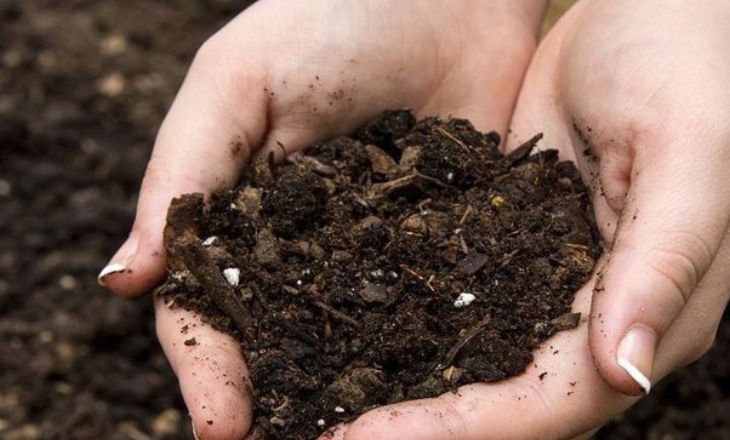
A benefit of friable soil is its ability to retain moisture while still providing adequate drainage, creating optimal conditions for plant development. Gardeners often strive to improve the friability of their soil by incorporating organic matter such as compost or mulch.
This helps enhance the soil’s structure, making it easier to work with and more conducive to plant growth. By recognizing the importance of friable soil in cultivating thriving gardens, individuals can take steps to maintain and improve the quality of their soil through sustainable practices.
What Is Friable Loam Soil?
Friable loam soil is a highly desirable type of soil known for its excellent structure and composition. It is a perfect balance of sand, silt, and clay particles, making it ideal for gardening and farming.
Gardeners love friable loam soil because it promotes healthy root growth and nutrient absorption. Its loose structure makes it easy to work with, allowing plants to establish strong root systems.
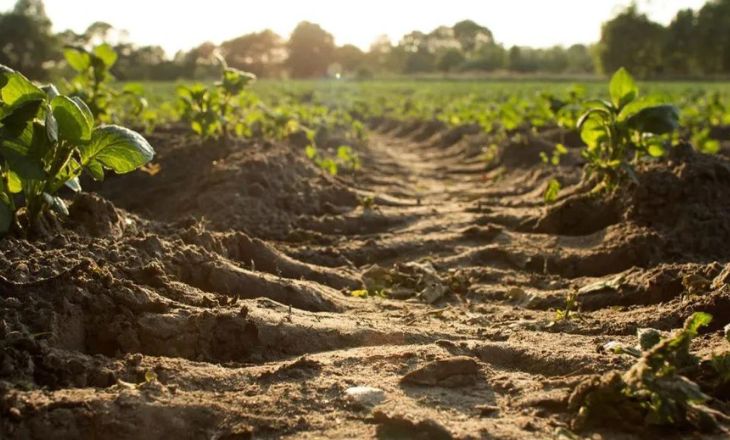
A characteristic of friable loam soil is its ability to hold nutrients effectively, providing essential elements for plant growth and development. This nutrient-rich quality makes it a preferred choice for gardeners looking to maximize the productivity and abundance of their crops.
What Is Friable Soil and Why Is it Important?
Soil friability is crucial for optimal plant growth as it allows roots to easily penetrate, access nutrients and water, and promote healthy development.
Unlike compacted soil, friable soil provides a loose and crumbly texture that promotes aeration and drainage, creating an ideal environment for root expansion.
This porous nature also prevents waterlogging and promotes beneficial microbial activity in the soil, which aids in nutrient cycling.
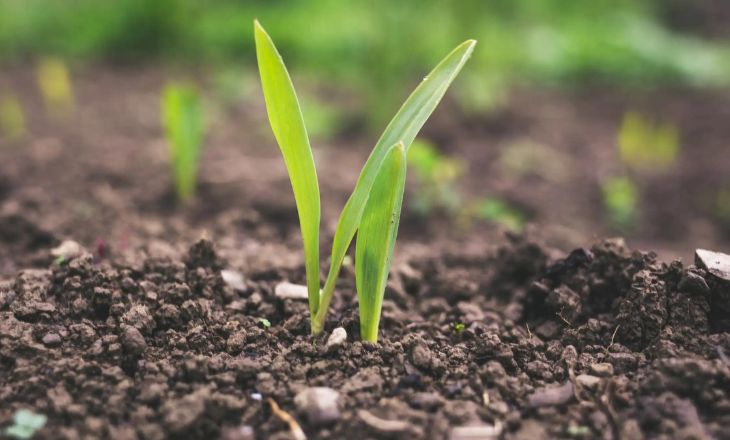
Friable soil makes gardening tasks much easier as it requires less effort when tilling or cultivating plants. The increased porosity of friable soil also reduces erosion risks by allowing water to infiltrate and be absorbed effectively.
Friable soil enhances microbial activity in the rhizosphere— the region surrounding plant roots— which helps break down organic matter into nutrients that are readily available to plants. This dynamic ecosystem fosters a thriving environment for beneficial organisms such as earthworms, fungi, and bacteria which play a vital role in maintaining soil fertility.
How To Make Friable Soil?
To make friable soil, start by focusing on improving its overall structure. Incorporating organic matter such as compost, manure, or leaf mulch can help increase the soil’s friability. These materials add essential nutrients and enhance the soil’s ability to hold moisture while also allowing for better aeration.
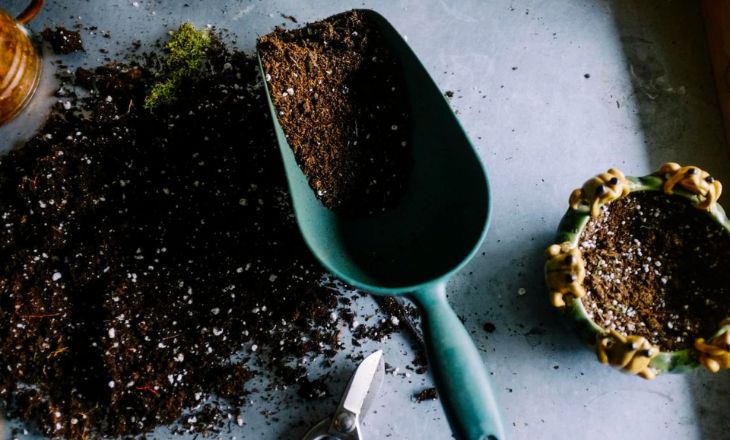
Another effective method is to avoid overworking the soil. Excessive tilling and compaction can disrupt the natural structure of the soil and lead to poor friability. Instead, opt for minimal disturbance practices like no-till gardening or using raised beds to maintain a healthy balance in the soil.
Implementing crop rotation and cover cropping techniques can further improve soil friability by promoting biodiversity and reducing erosion. By nurturing your soil with these mindful practices, you can create an environment that supports healthy plant growth and thriving ecosystems in your garden or farm.
What Plants Grow In Friable Soil?
Friable soil is a gardener’s dream, as it provides the perfect conditions for a wide variety of plants to thrive. One plant that excels in friable soil is the vibrant and versatile zinnia. Their colorful blooms add a pop of cheer to any garden and their easy maintenance makes them a favorite among gardeners.
Another plant that flourishes in friable soil is the aromatic lavender. This fragrant herb not only adds beauty to the garden but also has many practical uses such as repelling pests and promoting relaxation.
Herbs like thyme and rosemary are well-suited to friable soil due to their preference for well-draining conditions. These herbs not only provide culinary delights but also add visual interest with their unique textures and shapes.
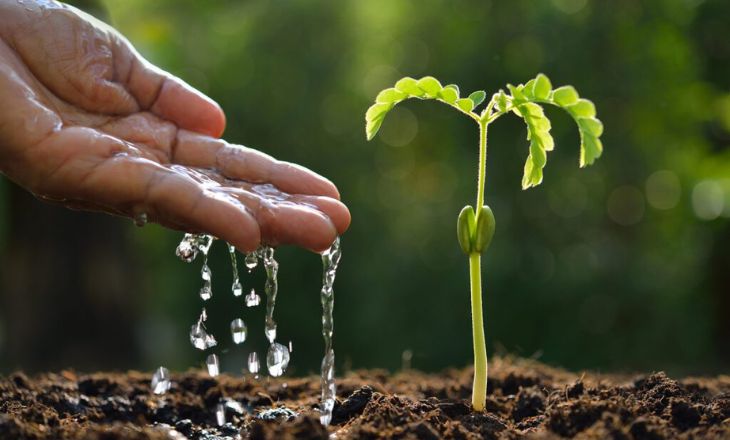
Friable soil offers endless gardening possibilities, allowing for a diverse range of plants to grow healthily and abundantly. By choosing the right plants for this type of soil, gardeners can create a lush and thriving landscape that will be enjoyed for years to come.
For those looking to add some color to their garden, snapdragons are a great option for friable soil. These vibrant flowers prefer well-aerated soil that allows their roots to spread out and establish a strong foundation for healthy growth.
Conclusion – What Is Friable Soil and Why Is it Important?
Understanding the concept of friable soil is crucial for successful gardening and farming practices. This type of soil is loose, crumbly, and easy to work with, allowing for better root penetration and nutrient absorption by plants.
By improving soil structure through methods such as composting and tilling, gardeners can enhance the friability of their soil and promote healthier plant growth.
Maintaining friable soil also helps prevent erosion and compaction, preserving the long-term fertility of the land. To ensure optimal growing conditions for your plants, take time to assess the friability of your soil and implement appropriate management practices.
FAQs:
What Makes Soil Thicker?
Soil thickness is primarily influenced by the amount of time available for weathering processes to occur. the gradual breakdown of rocks and minerals through physical, chemical, and biological processes leads to the accumulation of soil particles, resulting in thicker soil layers.
Where Is The Best Soil In The United States?
The best soil in the United States can vary depending on the specific needs of the crops being grown. The best soil in the United States can be found in regions like the Midwest and California where conditions are optimal for agricultural productivity. The Midwest region, often referred to as the Corn Belt, is known for its rich, fertile soil that is well-suited for growing corn, soybeans, and other crops.
What is the Best soil for Compaction?
The best soil for compaction is clay soil due to its cohesive properties. Clay soil, when wet, becomes sticky and easily moldable, making it ideal for compaction. When dry, clay soil hardens to a rock-like consistency, providing good stability and strength once compacted. Its fine particles allow for better compaction compared to other types of soil.
- Can Cows Eat Oranges? Precautions and Benefits - May 27, 2024
- Can Rabbits Eat Rosemary? CareTips, Risks and Benefits - May 23, 2024
- Can Pekin Ducks Fly? Interesting Facts about Flight - May 19, 2024

